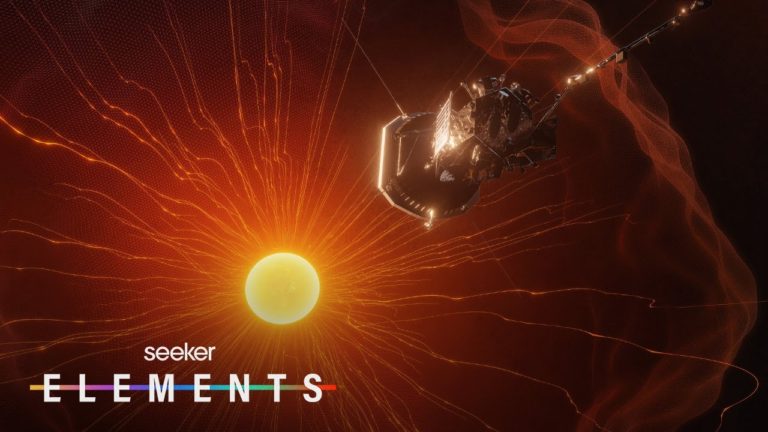NASA’s Solar Probe Did the Impossible, Here’s How
The Parker Solar Probe just made a historic flyby of the Sun. For the first time, the satellite passed through the Alfvén Critical Surface, which is where the Sun’s atmosphere ends. This milestone revealed a lot about the Sun, but can also teach us a little bit more about life on Earth.
Solar wind is made up of streams of charged particles and gas that are propelled by the Sun at millions of kilometers per second throughout the Solar System. These particles can ultimately damage our satellites, like those used for GPS and phone calls. But one the most important questions that Parker needed to answer is where this Alfven Critical surface lies, and in 2021, it made a historic discovery
After spending five hours within the upper atmosphere, the probe observed that both the energy and pressure of the Sun’s magnetic field were stronger than that of the particles within it. This meant that the forces from the Sun were strong enough to maintain control of the particles, essentially keeping them close to the center of the sun.
However, when Parker rose further away, the reverse was apparent and the forces were no longer strong enough to trap the particles and they were propelled into the Solar System. This was evidence that Parker passed through the Alfven Critical surface, like flying into the eye of a Hurricane where it’s most calm, and then returning to a barrage of wind. And even more surprising the critical surface is not a perfect sphere, Parker detected that it’s actually made up of spikes and valleys.
Do not forget to share your opinion with us to provide you with the best posts !




0 Comments